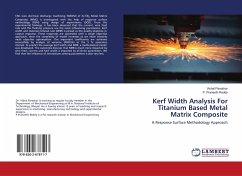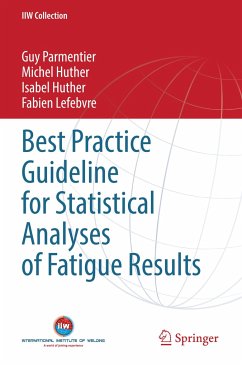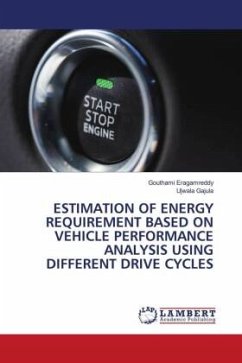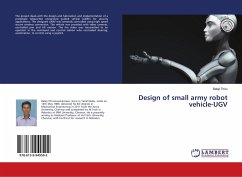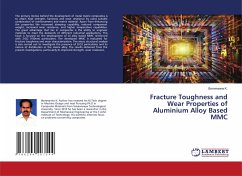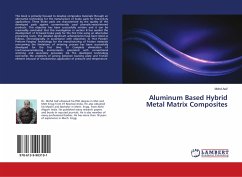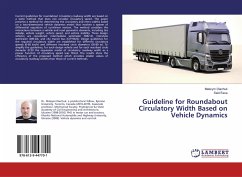
Guideline for Roundabout Circulatory Width Based on Vehicle Dynamics
Versandkostenfrei!
Versandfertig in 6-10 Tagen
27,99 €
inkl. MwSt.

PAYBACK Punkte
14 °P sammeln!
Current guidelines for roundabout circulatory roadway width are based on a static method that does not consider circulatory speed. This paper presents a method for determining the circulatory and entry widths based on a two-dimensional vehicle dynamics model that involves a system of differential equations of curvilinear motion. The method considers the interactions between a vehicle and road geometric elements, including tire sideslip, vehicle weight, vehicle speed, and vehicle stability. Three design vehicles are considered: intermediate semitrailer (WB-12), interstate semitrailer (WB-20), a...
Current guidelines for roundabout circulatory roadway width are based on a static method that does not consider circulatory speed. This paper presents a method for determining the circulatory and entry widths based on a two-dimensional vehicle dynamics model that involves a system of differential equations of curvilinear motion. The method considers the interactions between a vehicle and road geometric elements, including tire sideslip, vehicle weight, vehicle speed, and vehicle stability. Three design vehicles are considered: intermediate semitrailer (WB-12), interstate semitrailer (WB-20), and city transit bus (CITY-BUS). Design guidelines for the required circulatory width are established for different circulatory speeds (0-60 km/h) and different inscribed circle diameters (30-80 m). To simplify the guidelines, for each design vehicle and for each inscribed circle diameter (ICD) the regression model of circulatory roadway width as a power function of circulatory speed was fitted. The results show the efficiency of the proposed method which provides smaller values of circulatory roadway widths than those of current methods.



